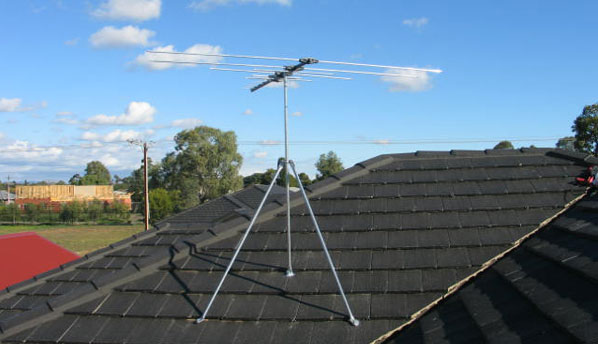Reducing emissions and promoting sustainable transportation are crucial to creating a greener and more environmentally friendly world. One effective strategy for achieving this goal is implementing innovative traffic management plans. These plans aim to optimise traffic flow, reduce congestion, improve safety, and ultimately lower emissions by utilising advanced technologies, data analysis, and real-time information.
In this blog post, we will explore the concept of intelligent traffic management in detail, discuss the implementation of traffic management plans Melbourne, highlight the benefits of these strategies, and provide successful examples of cities or regions that have embraced intelligent traffic management.
I. Understanding Smart Traffic Management
Smart traffic management uses advanced technologies and data analysis to optimise traffic flow and reduce roadway congestion. By utilising real-time information and predictive analysis, traffic management plans aim to improve the efficiency of transportation systems, leading to reduced emissions and improved safety. By integrating traffic sensors, cameras, and GPS devices, these plans can collect accurate data and make informed decisions to alleviate traffic congestion and promote sustainable transportation.
II. Implementing Traffic Management Plans
A. Collecting Data for Analysis
Accurate data collection is essential for effective traffic management planning. Traffic sensors, cameras, and GPS devices are crucial in collecting traffic patterns, volume, and speed data. This data provides valuable insights into the current state of traffic and helps identify areas of congestion and bottlenecks.
B. Analysing Data for Insights
Once the data is collected, it is analysed to gain insights into traffic patterns and identify areas that require improvement. Factors such as peak hours, road conditions, and historical data are considered to develop effective traffic management strategies.
C. Optimising Traffic Flow
Traffic management plans employ various strategies to reduce congestion and improve traffic flow. Signal optimisation aims to synchronise traffic signals to minimise stop-and-go traffic, reducing idle time and vehicle emissions. Adaptive traffic control systems make real-time adjustments based on traffic conditions, ensuring efficient traffic flow. Dynamic lane management involves adjusting lane configurations based on traffic volume, allowing for smoother traffic flow and reducing congestion.
D. Promoting Sustainable Modes of Transportation
Traffic management plans also prioritise integrating sustainable transportation options, such as public transportation, walking, and cycling. Encouraging commuters to utilise these modes reduces the number of single occupancy vehicles on the road, leading to lower emissions and improved air quality.
III. Benefits of Smart Traffic Management
A. Reduced Emissions and Air Pollution
One of the key benefits of intelligent traffic management is the significant reduction in vehicle emissions and air pollution. By optimising traffic flow and reducing congestion, vehicles spend less time idling and consume less fuel. Studies have shown that traffic management plans can lead to substantial emission reductions, improving air quality and a healthier environment.
B. Improved Travel Time and Efficiency
Efficient traffic flow resulting from smart traffic management plans reduces commuters’ travel times. With fewer instances of congestion and delays, individuals can reach their destinations faster, saving both time and fuel. This increased efficiency benefits individuals and contributes to fuel conservation and lower emissions.
C. Enhanced Safety Measures
Smart traffic management plans prioritise safety by minimising conflicts at intersections and ensuring the safety of pedestrians and cyclists. Features such as pedestrian-friendly signals, dedicated cycling lanes, and improved traffic flow reduce the risk of accidents and create a safer environment for all road users.
Conclusion
Smart traffic management plans offer effective strategies for reducing emissions and promoting sustainable transportation. These plans optimise traffic flow, reduce congestion, improve safety, and ultimately contribute to a greener and more intelligent transportation system by utilising advanced technologies and data analysis. Individuals and communities must explore traffic management plans in their areas and support collective efforts towards creating a more sustainable future. Together, we can significantly reduce emissions and establish a solid online presence for a greener and more sustainable world.








